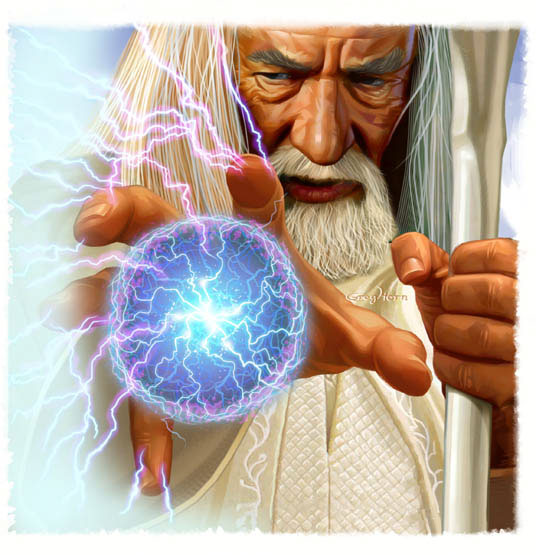CAD -
Computer Aided Design
CAM -
Computer Aided Manufacturing
card-edge connector -
cathode -
1. In an electron tube the electrode
through which a primary source of
electrons enters.
2. The general name for any negative
electrode. 3. When a semiconductor
diode is biased in the forward direction,
that terminal of the diode which is
negative with respect to the other
terminal. 4. In electrolytic plating,
the piece being plated.
CEM-1—A NEMA
grade of industrial laminate having a
substrate of woven glass surfaces over a
cellulose paper core and a resin binder
of epoxy
chip-on-board —Abbreviated
COB. In this technology integrated
circuits are glued and wire-bonded
directly to printed circuit boards
instead of first being packaged. The
electronics for many mass-produced
toys are embedded by this system,
which can be identified by the black
glob of plastic sitting on the board.
Underneath that glob (technical term:
glob top ), is a chip with fine wires
bonded to both it and the landing pads
on the board.
CIM—Computer
Integrated Manufacturing
clad
- generally referring to the
copper film on the surface of the
printed circuit board... features in
'etch' are left after the clad has
been imaged and etched with acid to
remove any undesired copper 'clad'.
Coax -
RG cable, or coax as we know it, was
developed by Bell Laboratories around
WWII. Aircraft radio systems that
required long-wire antennas, as with
long range bombers, needed a method to
route the signal to either the belly
or tail mounted long-wire reels
without radiating within the
fuselage. Bell Labs developed it and
called this new cable
Radio Guide or "RG" cable.
collector—1.
The electrode in a transistor that
'collects' electrons
component -
the basic building block of an
electrical printed circuit. Typical
components are; resistor, capacitor,
diode, inductor, switch, integrated
circuit, lamp, etc.
connector -
a single or multi-pin device
allowing modular disconnection of
electrical assemblies.
Copper Foil -
The electrodeposited copper foil
starts with the manufacturing process
in which copper dissolved in
electrolyte is electrodeposited on to
the surface of the revolving drum in
the form of a thin foil. In this
manufacturing process, various copper
foils ranging from general printed
wiring boards to sophisticated digital
devices are produced according to
electrolyzing conditions. In the next
process, smoothing and stain-proof
processing are executed to pass
various reliability tests required by
their intended usage. Finally, the
copper foils that pass these tests are
shipped out in rolls or in sheets.
Manufacture of the
original foil ranging in thickness
from 6µm to 175µm, depending on the
usage.
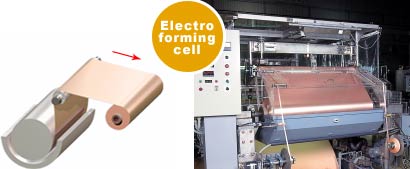
Surface treatment
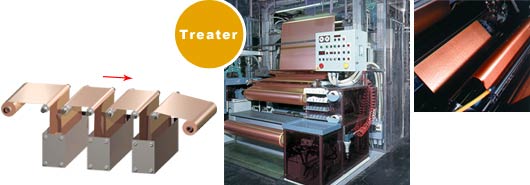
Slitting
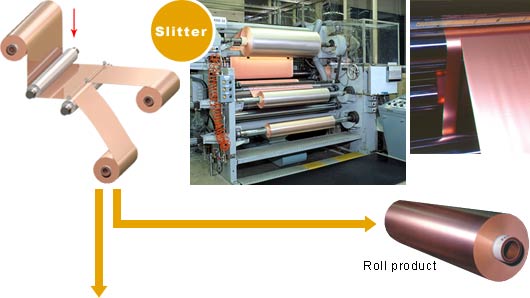
Sheeting
Making sheets from rolls and making
guide-holes for pin lamination
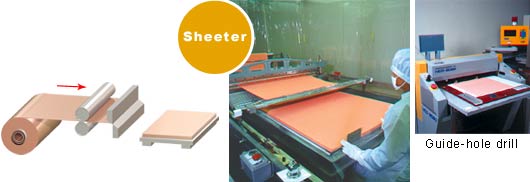

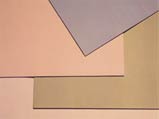
Sheet copper material
Current - The
Movement
of Electrons
through a conductor, 1 Amp = 1 Volt x 1
Ohm
1 AMP = 1 coulomb of
charge per second
See Wikipedia
definition of Current -
http://en.wikipedia.org/wiki/Electric_current
